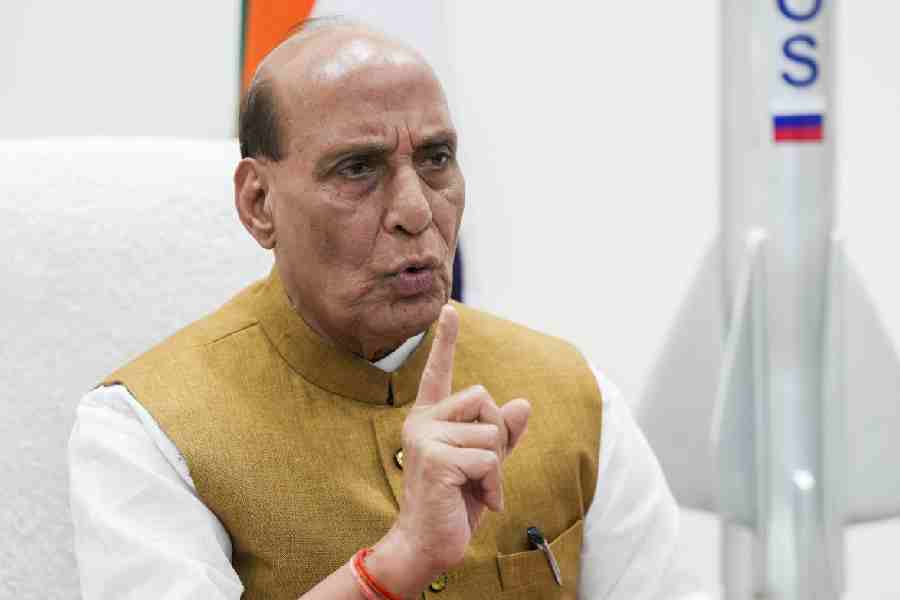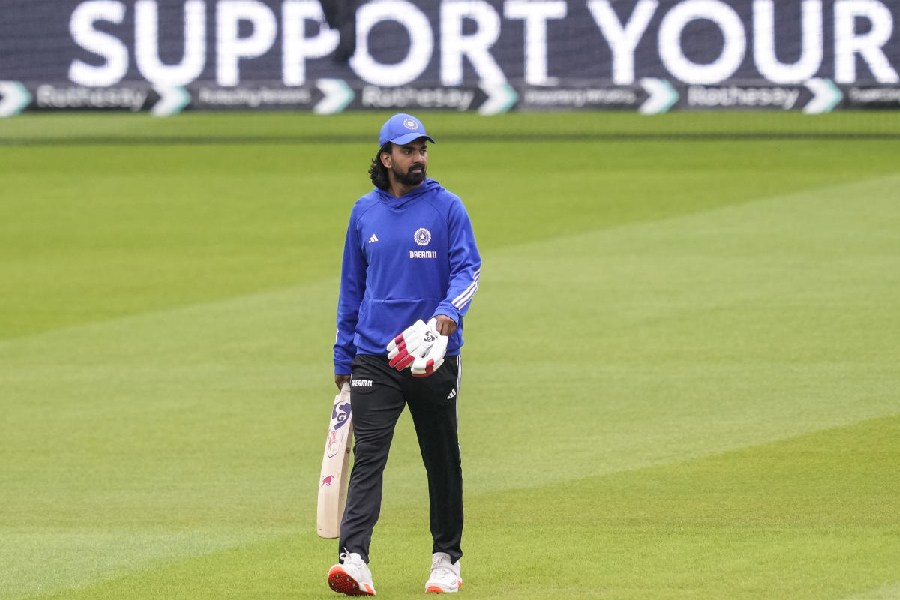High-net-worth and non-resident investors have been pouring money into Category III alternate investment funds (AIFs) to balance risk and return in a volatile capital market.
Data from capital markets regulator Sebi shows that this category of AIFs, which deploy diverse and complex strategies including hedging through derivatives, have raised funds worth ₹1.7 lakh crore as of September 30, 2025, a 21.5 per cent rise from ₹1.4 lakh crore as of March 31, 2025 and 98 per cent rise from ₹89,950 crore as of March 31, 2024.
The number of funds has increased from 258 as of March 31, 2024, to 343 as of March 31, 2025, of which 135 were based out of GIFT City, driven by available tax exemptions. This has aided the Category to soak up around 54 per cent of the NRI flow into AIFs in FY25.
“Over the last 18-24 months, India’s Category III AIFs have stopped being a niche hedge fund curiosity and have become the go-to allocation for high net worth investors and family offices. Amid successive bouts of market volatility, wealthy investors have grown weary of index-linked exposure and are recalibrating their portfolios. Hedging tools provide downside protection to navigate bull and bear markets more evenly and Category III funds can use derivatives to achieve this,” said Ajay Arora, co-CEO, Ashika Investment Managers.
“Category III AIF structure allows managers to combine long-only equity bets with hedged long-short or market neutral strategies. This flexibility means one product can express multiple risk-return goals for these investors,” said Arora.
A long-short investment strategy typically involves simultaneously taking long positions (buying shares expected to rise) and short positions (borrowing and selling shares expected to fall) within a portfolio.
By using the potential gains from the falling shorted stocks to offset potential losses from the rising long stocks during a market downturn, this strategy acts as a hedge to reduce overall market risk and generate more consistent returns.
“There are more unique strategies that fund managers can place in Category III AIFs than plain vanilla mutual funds. There can be bespoke and locked-in ideas (strategies that require investors to commit their capital for a predetermined period), and different asset classes can be mixed in them.
“There is also tax efficiency for investors (with AIFs handling tax payments before distributing profits) and all of these contribute to a significant interest among high net worth investors,” said Rajesh Saluja, co-founder, CEO and MD ASK Wealth Advisors.
However, the rising inflows have called for a need to have tighter disclosures, standardised reporting and risk monitoring.
“Such large flows call for standardised risk reporting on parameters such as exposures, leverage, counterparty concentration, etc., so that investors and regulators understand systemic risks. A big NRI participation raises tax-treatment FATCA/CRS (international tax evasion frameworks) considerations, and regulators should continue to publish clear guidance to prevent uneven interpretation,” Arora said.
SIF challenge
Analysts further said that specialised investment funds (SIFs), which also offer investors the option of long-short investment but have a lower minimum investment threshold of ₹10 lakh, have emerged as a key competitor to Category III AIFs.
“I think there will be higher competition. But the only thing is that AIFs require specialised fund management. For larger mutual fund houses to build that may become a challenge (unlike specialised wealth managers),” said Saluja.
Arora also had a similar view. “Some investors who would have considered Category III AIFs may instead pick SIFs. While SIFs will raise the bar on investor expectations, forcing incumbents to evolve, Category III AIFs still support more exotic strategies, wider shorting and leverage,” Arora said.










